
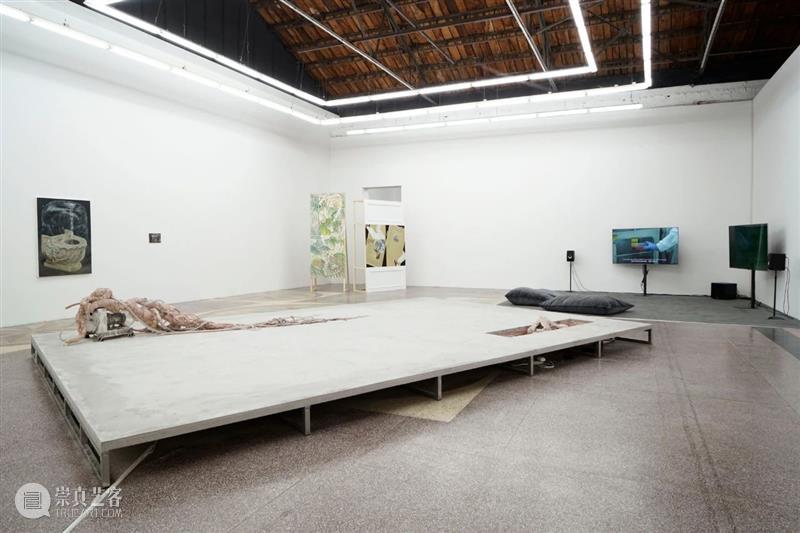
0 - Sea Snakes (The Ones Rumored to Kill)
It is said that most species of sea snakes can breathe through their skin. These aquatic creatures are still vertebrates, possessing no gills, but with their miraculous skin—which provides 25% of the oxygen intake needed for survival—and one enormous lung, they need only swim up to the surface for a single giant breath every couple of hours.
Though rumored to be deadly, they are in fact less likely than land snakes to bite humans. Even when they do, they sometimes forget to inject their venom. Their bodies are sleek, almost eel-like, with a vertically flattened tail that functions as a paddle. Ophiologists believe these are survival adaptations that developed as they abandoned land for water.
If they were to meet their terrestrial sisters, what would ensue—entwine, bite, or fly?
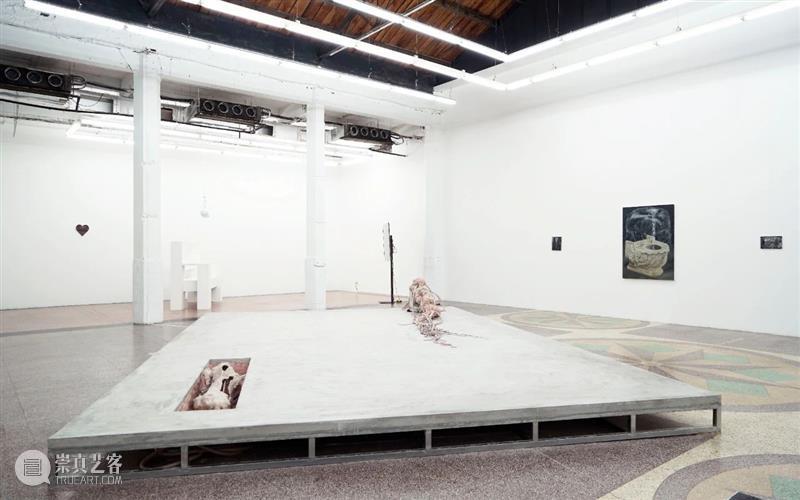
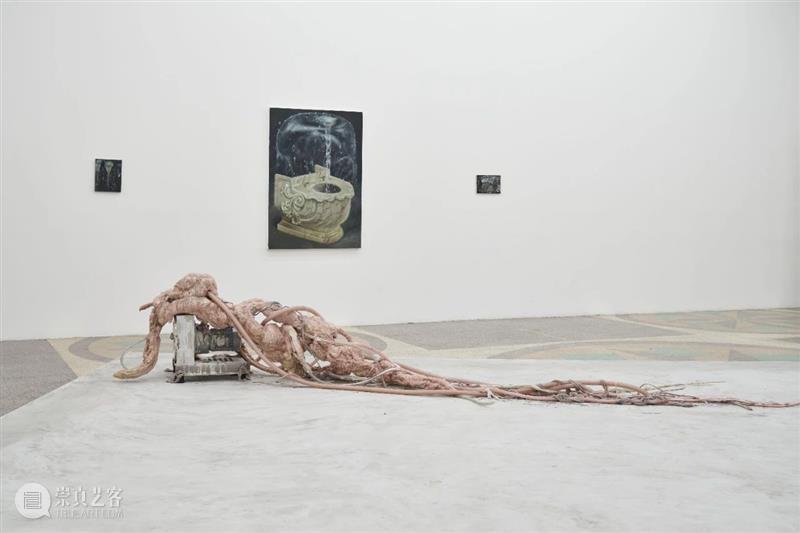
1 - Vampires (The Ones Who Feed)
The monstrous body is always a construct and a projection, bearing the traces of historically specific othering processes. In Bram Stoker’s Dracula (1897), the quintessential modern vampire novel, the eponymous Count Dracula embodies an eclectic range of traits—race, class, gender, sexuality, nationality—all of which were deemed threatening to British national identity at the time by (and within) fictional texts, sexual science, and psychopathology.1 Whereas Dracula incarnated the phobias—particularly anti-Semitism—of the Victorian era, contemporary vampires like those in the Vampire Chronicles and Twilight series are no longer monstrous or even particularly distant from hegemonic identity: they are white, monogamous, purely aesthetic creatures (fun fact: also, oftentimes, collectors). This latter-day fantasy of the vampire entails an act of perhaps far greater violence than those of its 19th-century Gothic predecessors: the total erasure of otherness from representation.
In Yong Xiang Li’s I’m Not in Love (How to Feed on Humans) , the artist restores the tired motif of the vampire, injecting it with a sense of queer warmth. In this freakish and playful narrative-film-cum-music video, a 386-year-old Asian vampire — Vampy — struts about town tending to his three lovers, or symbionts.2 Apparently, his venom is not venomous at all, but instead grants pleasure and long life. His brows are adorned with rhinestones, not diamonds—a budget vampire, rather than the aristocratic “guardian of Western aesthetic culture” of Anne Rice’s humanistic interpretations.3 And it’s not clear if he is the one in control in this foursome. During a date, Human Symbiont N, age 32, coaxes him into feeding on her so that she can receive an energy boost to excel at work. Meanwhile, a parallel storyline about a human girl having relationship problems unfolds alongside Vampy’s romances. By weaving the human and vampire worlds into a seamless whole, Li rescues the blood-thirsty creature from the parasitic dungeon to which it is conventionally relegated, and reinvents a benign kind of vampirism coexisting in symbiotic—and polyamorous—enmeshment with its human companions.
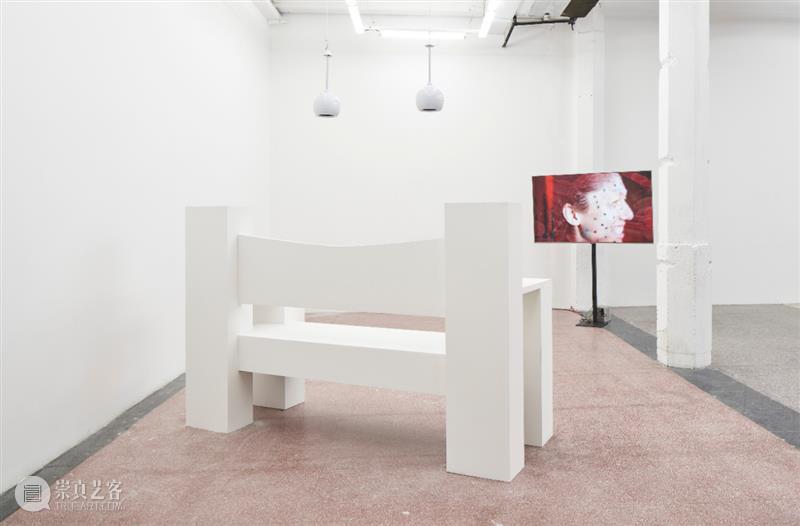
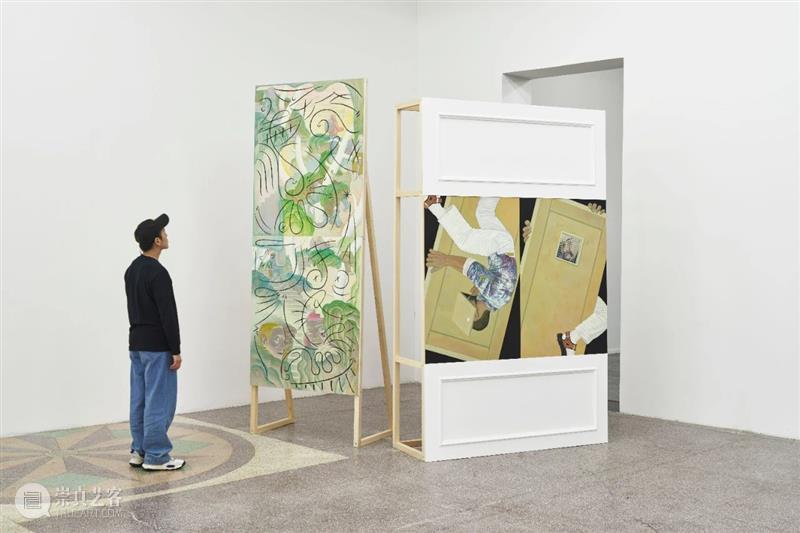
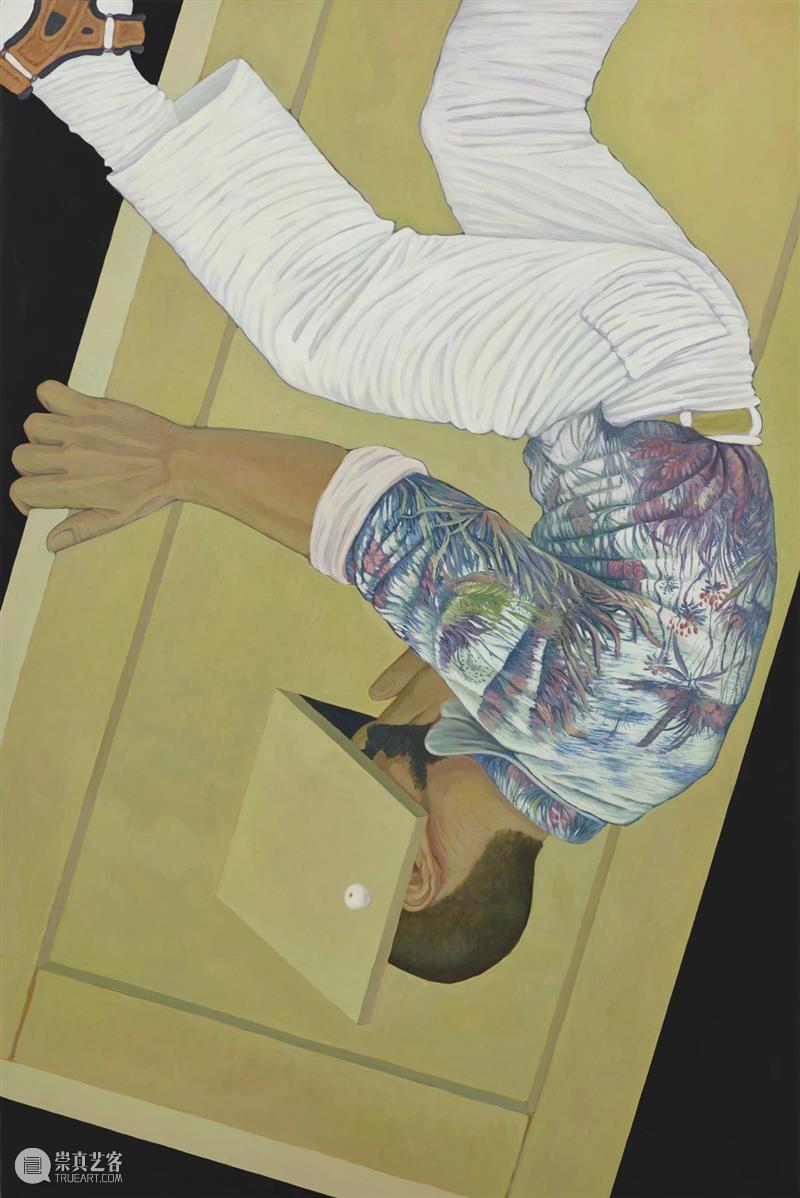
Oil and acrylic on gessoed panel, Mdf, Pine
In the double-channel installation A Mordida (The Bite) , Neves Marques develops their research and observations into a work of horror fiction, exploiting the genre to turn the horror away from the “monster”—the mosquitos—and onto the technologies of monster-making deployed by a xenophobic regime. Breaking down genres by straddling horror, science fiction, and queer drama alike, A Mordida (The Bite) destabilizes and challenges a range of deep-rooted epistemological binaries: us and others, male and female, human and non-human. Finally, it points to intimacy and care as the way forward. As the artist writes in one of the poems inscribed into the work: “sex as care / in times of crisis / among friends / among enemies / polyamory / see the mosquito resting on the net.”
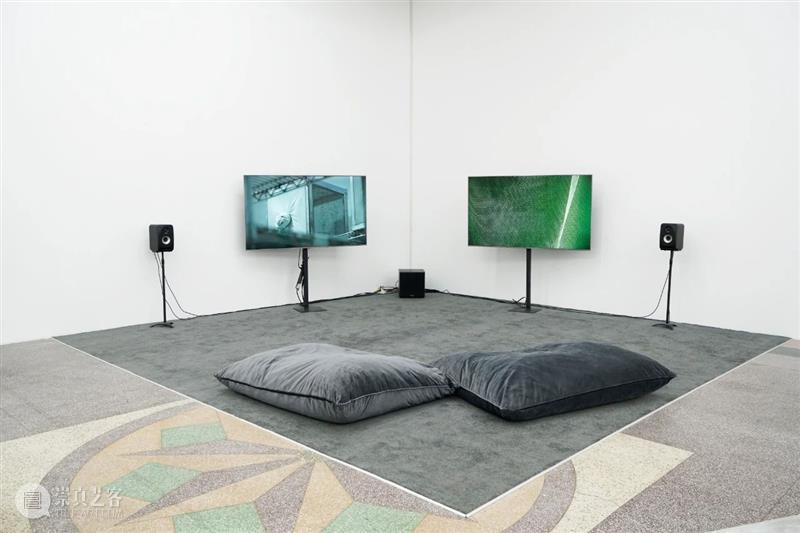
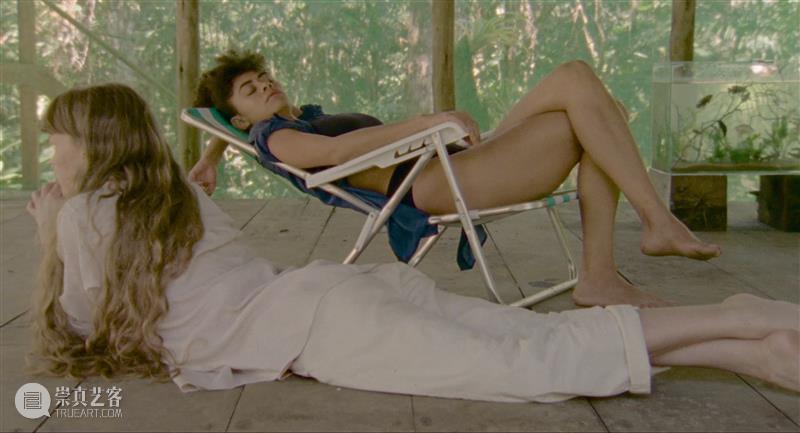
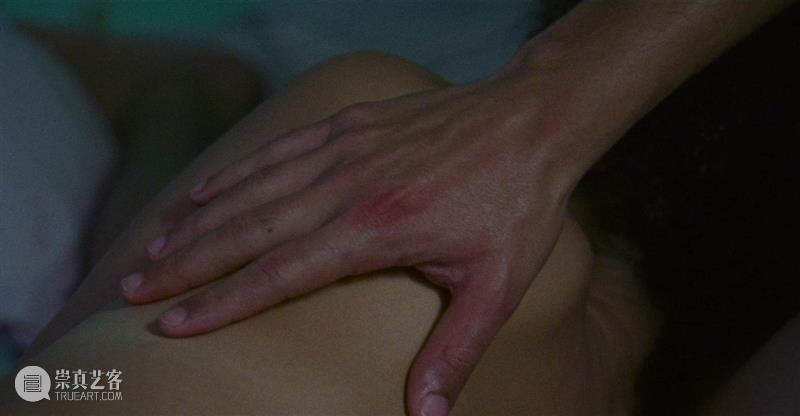
3 - Carriers (The Ones Who Swallow)
When I first met Mire Lee, I told her that her work reminded me of certain characteristics associated with vorarephilia, more commonly known as vore. Voraephilia is scientifically defined as “an infrequently presenting paraphilia, characterized by the erotic desire to consume or be consumed by another person or creature … Because this sexual interest cannot be enacted in real life due to physical and/or legal restraints, vorarephilic fantasies are often composed in text or illustrations to be shared with other members of this subculture via the Internet.”5 I was first introduced to the concept by a painter named Sara. According to her, the online subculture’s community is, curiously, mostly made up of women. For my friend Sara, once you set aside the initial revulsion and consider its implications, there is something romantic about this impossible desire to fully consume another, to stay together with the other—inside your body, alive, breathing your breath, for as long as the body sustains. For Lee, who is more interested in the ontological implications of the concept, vore is deeply “abstract, infantile, and even asexual,” as it is linked to the earliest memories of being in the mother’s womb, and to the childhood fantasy of entering a huge animal’s belly (e.g. the enormous whale “ Monstro ” from Pinocchio ).6
This total erasure of distance between one and the other, this being fully absorbed by another, serves as an analogy for Mire Lee’s relationship to her work. Often employing both hard and wet materials such as glycerin, silicone, and machinery, animated by minimal, kinetic technologies like motors and pumps, Lee’s working process is always slippery—denying her the firm grip so important to traditional sculptural practice, and instead demanding her submission. “When combined with execution on a large scale, because many of my pieces use electric power, at times I have a feeling my body is being sucked and consumed into the landscape of the work.” For me, Lee’s ghostly apparatuses simulate the raw, unruly affects and drives that can make or break the body and psyche. Carriers: horizontal forms is a new work Lee has created for this exhibition. Two monstrous bodies, interconnected, recline above and below the surface of a massive cement plinth, periodically exchanging viscous matter with each other. The work, consistent with Lee’s oeuvre, tends to trigger an eclectic range of simultaneous affects: fear, disgust, confusion, temptation, admiration... Sensory overload drowns the reasoning faculty; words become meaningless. Instead you approach it, bend, kneel, stretch and crawl, submit your body to the encounter—just like the artist’s own process of creation. You, I, it, her become one.
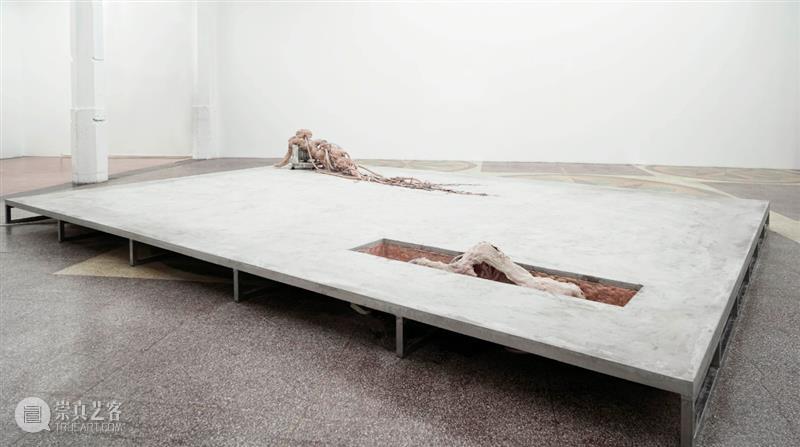
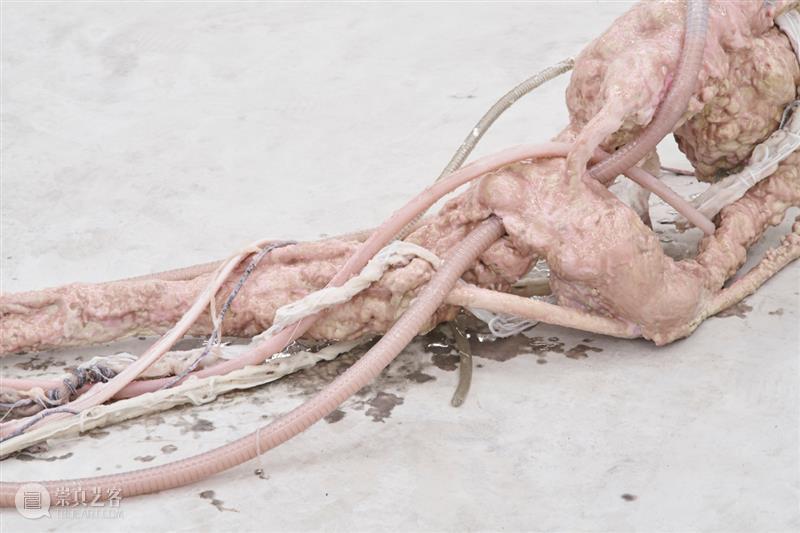
4 - Bodies of Water (The Ones Who Care)
A bidet with a masturbation-friendly water jet, an ass midget butt plug, a BDSM lamb, a showerhead…The paintings Issy Wood contributes to this exhibition zoom in on our erotic encounters with other bodies, whether inert or in motion.
Our common association of showers with cleansing traffics in the arbitrary binary of purity and abjection. But there is always the sinkhole—an orifice of sorts—that leads to another side; the dirt can go anywhere except nowhere. Let us instead think about the shower as a hot place. It’s literally hot, as water evaporates into steam. It’s also always a sensuous experience, as you stroke your own body, casting off dead skin—to say nothing of what you might do with the company you sometimes bring into it (a toy, another body, more than one if you wish).
As one further step outside our anthropocentric perspective, we may think of the shower as an encounter between one watery body and another—60% of the human body, after all, is water. The philosopher Astrida Neimanis writes:
Here we go full circle and dive back into the sea, where the deadly sea snakes that don’t always bite roam freely—at least before they are killed by even deadlier toxicants released from human waste. Learning to breathe through skin is about an erotic, affective and ethical engagement with others in the world, beyond the trappings of monstrified difference. With every such breath the world is remade.
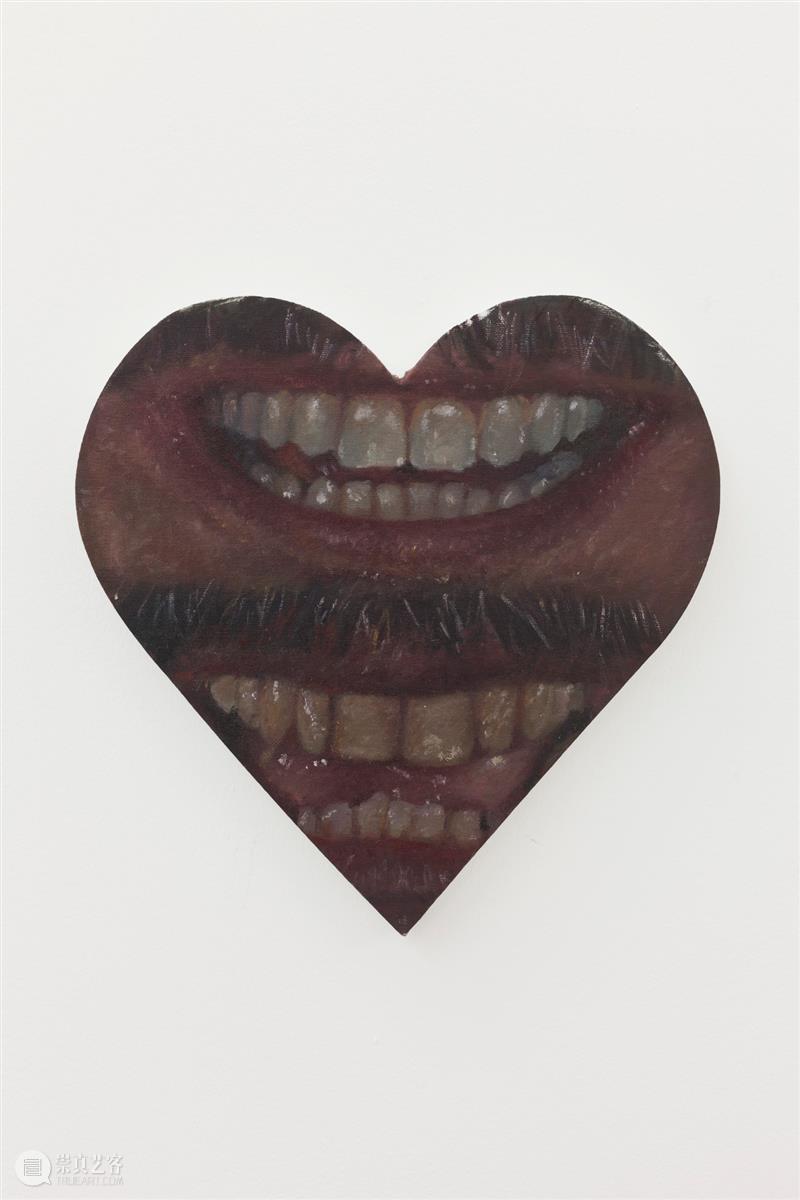
Issy Wood
Untitled (higher education), 2020
Oil on linen
30 x 30 x 2 cm
Courtesy of the artist and Antenna Space
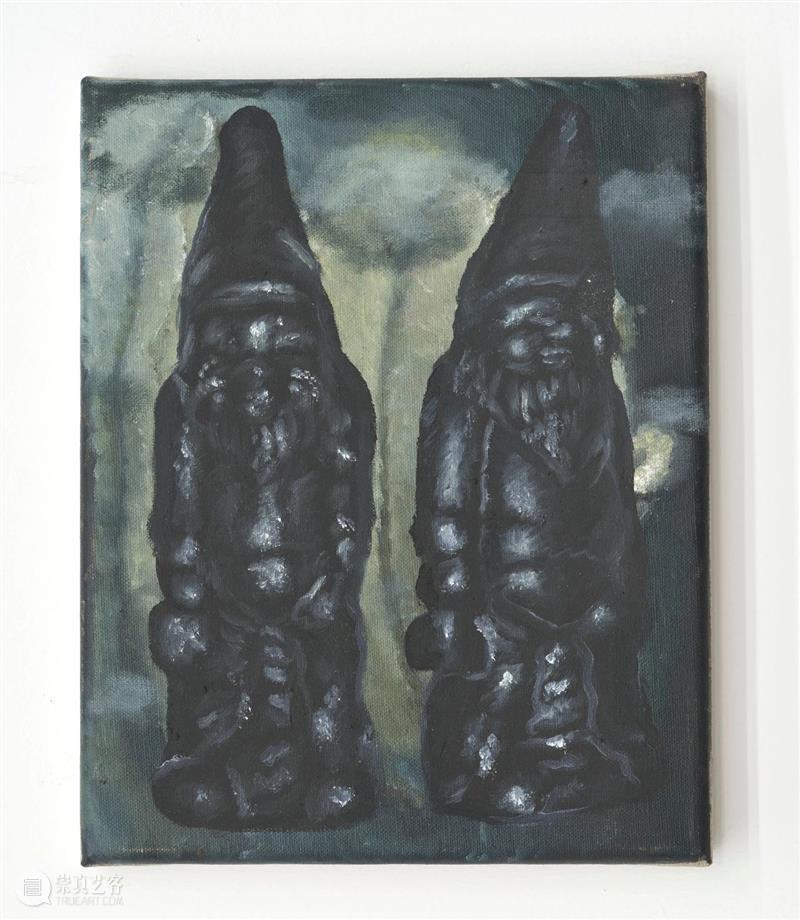
Issy Wood
Study for ‘ass midgets’, 2020
Oil on linen
30 x 24 x 2 cm
Courtesy of the artist and Antenna Space
Mire Lee
Recent solo exhibitions include: Curl, Galerie Emanuel Layr, Vienna (2020); Companion, Jean Claude Maier, Frankfurt (2019).
Selected group exhibitions include: Fantasy Finery, Berlinskej Model, Prague (2020); Fables of Resurrection, Galerie Deborah Schamoni, Munich(2020); Rundgang, Städelschule, Frankfurt am Main, Germany(2020); The Deficit Faction, Long March Project, Beijing(2019); Ford Every Streams, Galleria Acappella, Italy(2019); Fruit Suspended and Swaying, Aedt, Düsseldorf(2019); Double Trouble, Root Canal, Amsterdam(2019); Rundgang, Städelschule, Frankfurt am Main(2019); Appearing Unannounced, painnale 2018, Chiang Mai, Thailand(2018); Knockonneighbourwood, Mckinsey Exhibition, Frankfurt am Main(2018); I know what you did last summer, Basis, Frankfurt am Main(2018); Summer Buzz, Johanne, Frankfurt am Main(2018); Radio Ufff! at fffriedrich, Frankfurt am Main(2018); Back to Them, Gärtnergasse, Vienna(2018); Rundgang, Städelschule, Frankfurt am Main(2018); Vida de Cão, Münchener Straße 10, Frankfurt am Main(2017); Before, After the Butcher, Berlin(2016); Rundgang, Städelschule, Frankfurt am Main(2016).
Issy Wood
Pedro Neves Marques(b. 1986, Lisbon, Portugal) is an artist and writer whose films explore ecology, the earth’s natural resources, and the politics and practices that govern humans’ interactions with them. Neves Marques creates films that teeter between documentary and science fiction and that blur the lines between what in our world feels eerily futuristic and what is simply a continuing echo of the past. Throughout, they delve into topics including genetically modified organisms (GMO), oil rigs and gas pipelines, market growth models and industrial agriculture, and gender issues and the history of colonialism to better understand the ways in which these systems interact and place certain worldviews above others.
HAUT
HAUT (based between Berlin and London) is a sound artist, music producer and performer working across the fields of experimental electronic music, dance and human-computer interaction. Their work spans from live performances and immersive sound installations to music scores for dance pieces and movies.

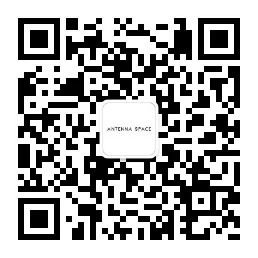
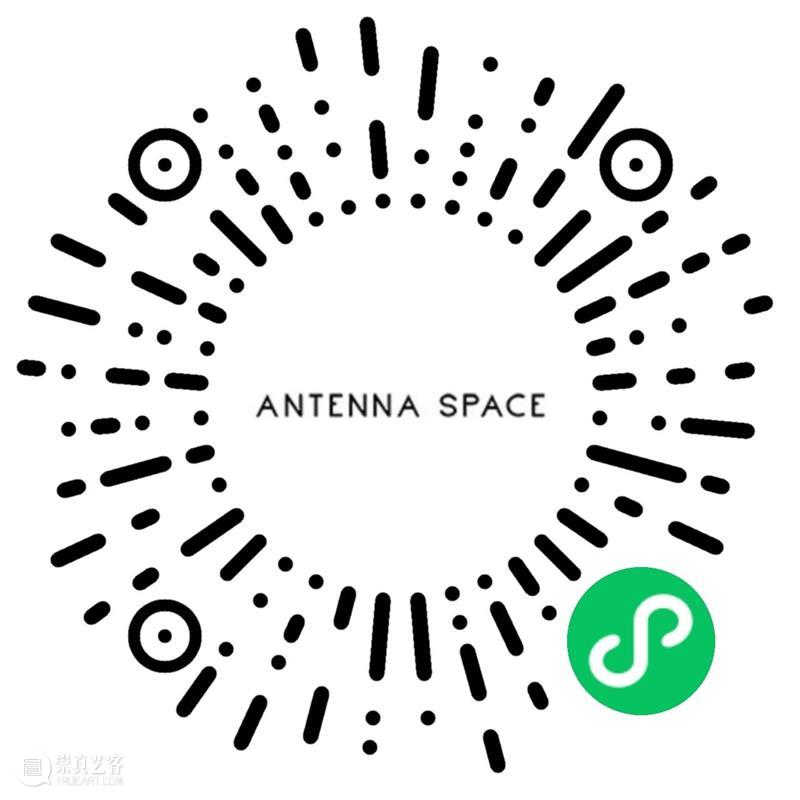


已展示全部
更多功能等你开启...





 分享
分享